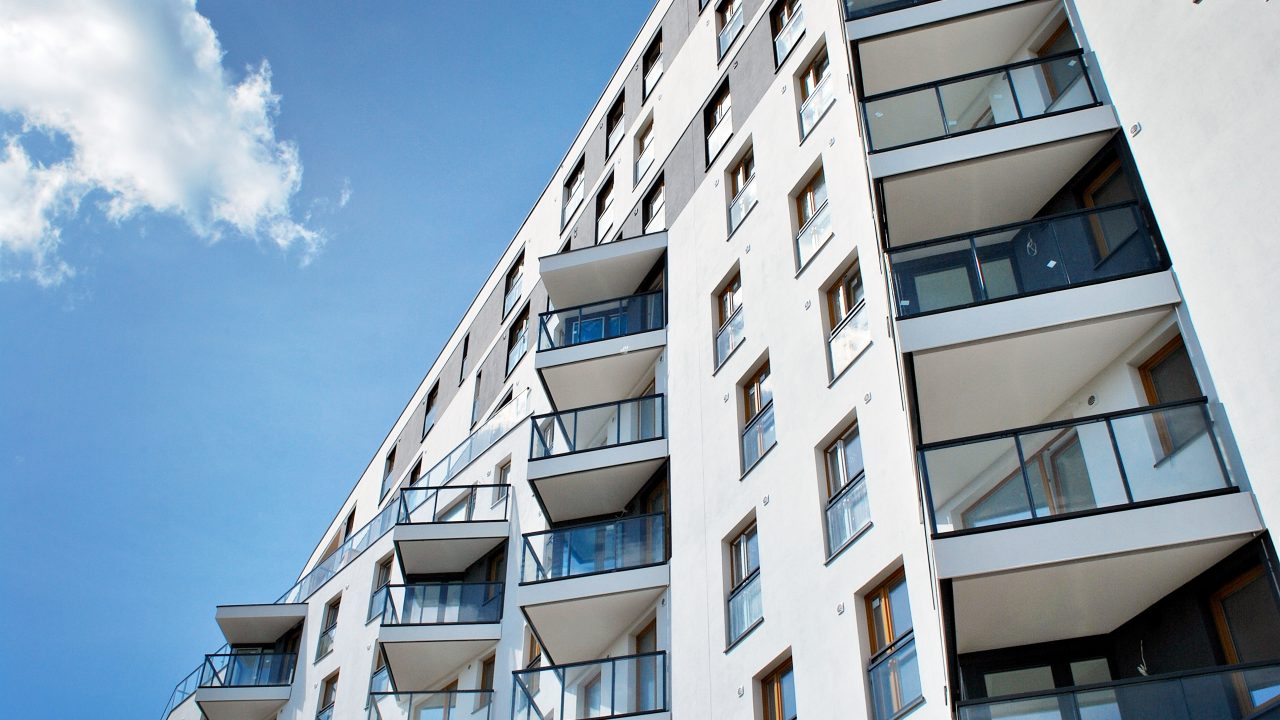On 24 June 2019, the Ministry of Housing, Communities and Local Government (“MHCLG”) issued an advice note on risks arising from balconies on residential buildings.
This advice follows MHCLG’s previous advice on fire safety of external wall systems on buildings above 18 metres in height (both those that incorporate ACM aluminium composite material cladding and those that do not).
In this publication, we discuss the advice note and consider the steps building owners should take.
Headline point
As with Advice Note 14, this advice note potentially has serious consequences for building owners.
However, unlike Advice Note 14, this advice applies to all residential buildings irrespective of the height of the building.
MHCLG advises that where a building has balconies which are constructed of combustible materials and thereby pose a risk of external fire spread then building owners should take appropriate action to manage that risk. MHCLG’s states that:
“the clearest way to prevent the risk of external fire spread is to remove and replace any combustible material with one that is non-combustible…”
Having said this, the primary message is that building owners should be aware of the materials used in the balconies and should undertake an assessment of the risk of external fire spread because of the design or construction of balconies.
The rationale
As set out above, this advice follows previous fire safety advice in respect of tall buildings and the reasons for this advice are logical and sensible. Having said this, the timing of the advice, with it coming just over two weeks after a significant fire at a block of flats in Barking which spread by external wooden balconies, suggests that this is somewhat reactive.
On closer analysis the reactive nature of the advice is more apparent.
Dame Judith Hackitt’s Independent Review of Building Regulations and Fire Safety (both the Interim and Final Report) only mentions balconies once. Similarly, the government’s recent consultation on Building Regulations fails to mention balconies and the content of the advice note taken together with the recent amendments to Building Regulations demonstrates that the fire safety of balconies appears to have been somewhat overlooked.
The law
The advice note states that the materials and construction of balconies has (and is) regulated by the Building Regulations and that the regulations provide that balconies should not compromise safety by providing a means of external fire spread. In support of this understanding, the advice note cites Regulation B4(1) (External fire spread) and guidance at paragraph 12.5 of Approved Document B. However, the advice note recognises that the December 2018 amendment to the Building Regulations has only expressly prohibited the use of combustible materials in balcony construction in a building above 18 metres in height. Notwithstanding the absence of an express reference to buildings below 18 metres in height, the MHCLG (supported by its Expert Panel) state that the overarching requirement of B4(1) taken together with the guidance in paragraph 12.5 of Approved Document B regulates the position as to balcony construction on all residential buildings.
What do you need to do?
Unlike its assessment of the law, the advice note is clear on what building owners should do.
The advice note provides that building owners should:
- Understand the materials used in the construction of existing balconies – i.e. assess the combustibility of the materials used in the balconies.
- Assess whether there is adequate fire protection in place to resist fire spread both across and through the external wall – whilst unclear, this appears to allude to the adequate provision of cavity barriers and fire stopping (as and where required).
- Where there is doubt over the materials used or risk presented, seek professional advice – i.e. if the materials are combustible and / or there are other fire safety risks you should seek advice from an appropriate professional.
- Where there is a fire risk posed by the construction of balconies, this should be considered in the fire risk assessment and information provided to residents.
- Building owners should have policies in place as to what can and cannot be stored and used on balconies by residents and these should be reviewed and revised as necessary following the building owner having taken the steps above. The policies and any changes should be communicated to residents as should general advice about the risks of smoking, the use of barbecues and storage of combustible materials on balconies.
- Respond promptly to resident concerns.
Conclusion
This advice note will likely have serious ramifications for building owners where balconies utilise combustible materials and / or are deemed to be a ‘risk’. Unlike other fire safety advice provided by MHCLG following the Grenfell tragedy, this advice note does not set out how the government may seek to enforce compliance and it is unclear under what regulatory authority the advice is given. However, given building owners’ health and safety duties to residents and the view of the MHCLG, we consider that building owners would be wise to follow the steps set out in the note.
If you require advice on the implications of the advice note, please contact Mark London, Matthew Cocklin or Conor Rodgers of Devonshires Solicitors.
